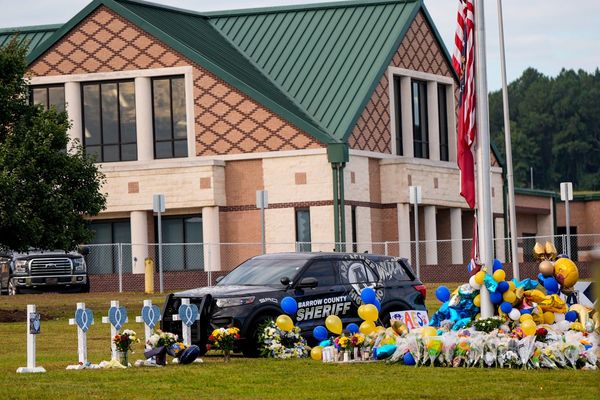
Scientists operating the James Webb Space Telescope (JWST) announced on Wednesday that it had captured the most detailed images ever of two actively forming stars, collectively known as Herbig-Haro 46/47. Using high-resolution infrared light, the JWST managed to catch images of the distant objects despite being roughly 1,470 light-years away.
NASA scientists are particularly intrigued by these images because of the two "lobes" that can be seen jutting out of either side of the disk where the two stars are gathering mass. The smaller right lobe points in the direction of Earth, and both lobes are ejections of dust that astronomers believe are important to shaping the universe.
"All of these jets are crucial to star formation itself," the Webb official website explains. "Ejections regulate how much mass the stars ultimately gather. (The disk of gas and dust feeding the stars is small. Imagine a band tightly tied around the stars.)"
These are far from the only amazing discoveries picked up by JWST in its first year of operation. The powerful telescope has also captured the most detailed images of the distant universe, an iconic quintet of galaxies known as Stephan's quintet and even water vapor on another planet. Speaking with Salon earlier this month, NASA scientist Dr. Michelle Thaller praised the JWST image of Jupiter as "almost like you were at a spacecraft that was orbiting the planet. And you can see all of the different whirls and eddies in the atmosphere, and those are very important for us to study."







